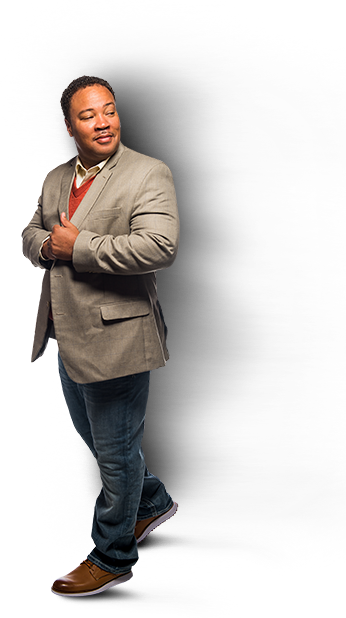As I recall one of my first experiences as a safe patient handling (SPH) consultant, I’m reminded of an unlikely department that introduced me to workplace injury prevention and ergonomic assessments. Although a high-flow patient care area, it’s an area that probably in most circumstances would not make it onto a SPH coordinator’s initial top list of priorities. But as fate would have it, the department manager made it a point to seek me out because she was told that I was being paid to develop solutions and that her department was definitely in need of an injury prevention solution. In her frustration, she also told me that she expected to get her money’s worth and that I needed to “make something happen”.
The problem
Always up for a challenge, I immediately recognized the manager’s frustration and addressed it by inviting her to the hospital café for a cup of coffee. The conversation was casual and non-threatening. Once the manager was comfortable, she began to open-up and provide details that were eye opening. As she began to explain what had been going on in her department, she talked about how for weeks she had been having to report back to work for extra duty because for whatever reason her evening shift techs were getting injured and being placed on light duty work restrictions. Just short of accusing her staff of conspiring against her, she continued to further describe how staffing typically in the evenings consisted of one staff member who was responsible for the appointments left over from the day shift; this staff member was also responsible for the few scheduled appointments that fell on evening shift.
The manager further expressed that she did not understand why techs were being injured so frequently given that everyone had just recently received reinforcement training in proper body mechanics. She also explained how all staff were specifically instructed to seek the additional assistance of staff from the department next door for those patients who were very heavy. She went on to say that she was fortunate to have highly skilled staff with many years of experience. However, the only problem was that now most were unable to perform their work duties due to injury and that their light duty work restrictions severely limited their ability to perform any lifting and repositioning of patients.
As she brought our conversation to a close, she left by saying that she wasn’t sure how long she would be able to continue due to the demanding workloads, and that the additional hours were beginning to cause extreme fatigue and exhaustion. Though this situation appeared to be dire, I knew that something could be done.
The approach
When approaching this situation, I first thought about the actual injuries and the tasks being performed that created them. The injuries ranged anywhere from shoulder and neck strains, to lower back pain with mild to moderate stiffness.
I then thought about the different scenarios which commonly exists in hospital nuclear medicine and radiology departments: In-patients are typically brought to the department by wheelchair or stretcher, most evening shift techs work alone and are responsible for transferring patients onto diagnostic tables, then back to the wheelchair or stretcher following completion. This effectively doubles an employee’s risks for injury. I remembered the manager’s comments about her staff’s years of experience, which reinforces the narrative for how these types of musculoskeletal injuries associated with lifting patients are progressive, meaning that the causes are related to repetitive lifting over time. Finally, there was the traditional dependence on applying proper body mechanics, which has been determined to be theoretically effective, but lacks the scientific evidence supporting that these techniques can prevent clinical caregivers from patient-lift injuries. All of these were factors contributing to the department’s ongoing problems. Add in increased risks created by high stress and low staff morale and you had a nuclear medicine department representing a classic situation, with most of the associated adverse outcomes making it prime for a SPH intervention.
Initial decision
The tasks of transferring patients, be it laterally or vertically, can be accomplished with the use of a total assist lift (a lift designed to address patients with minimal to severely limited mobility challenges). Overhead ceiling lifts are the most commonly used total assist lift and was the most optimal option for the nuclear medicine department. (A portable total assist lift wasn’t a good option because the diagnostic tables in these types of departments are commonly supported by a lateral base, which makes it difficult to maneuver a portable lift.)
One of the concerns was whether it was functionally possible to install overhead ceiling lifts in nuclear medicine, given the various types of imaging equipment located in each room. Today, many companies within the market are experienced in equipment installations for these types of situations. The organization had already selected an appropriate equipment vendor.
To be continued…
Determining the appropriate patient-lift equipment was only the beginning for the implementation that took place in the nuclear medicine department. Next month, I will continue with how we were able to create the necessary support processes needed to ensure that the staff’s risks for injuries were minimized.



I in addition to my guys happened to be looking at the best helpful hints located on your site and then suddenly came up with a horrible suspicion. I never thanked the web blog owner for those techniques. These ladies for this reason are excited to read them and have actually been making the most of those things. Thanks for really being quite accommodating and also for choosing certain impressive issues most people are really desirous to discover. My very own honest apologies for not saying thanks to you earlier.
I am humbled and deeply honored to read your kind words. More will be coming soon.